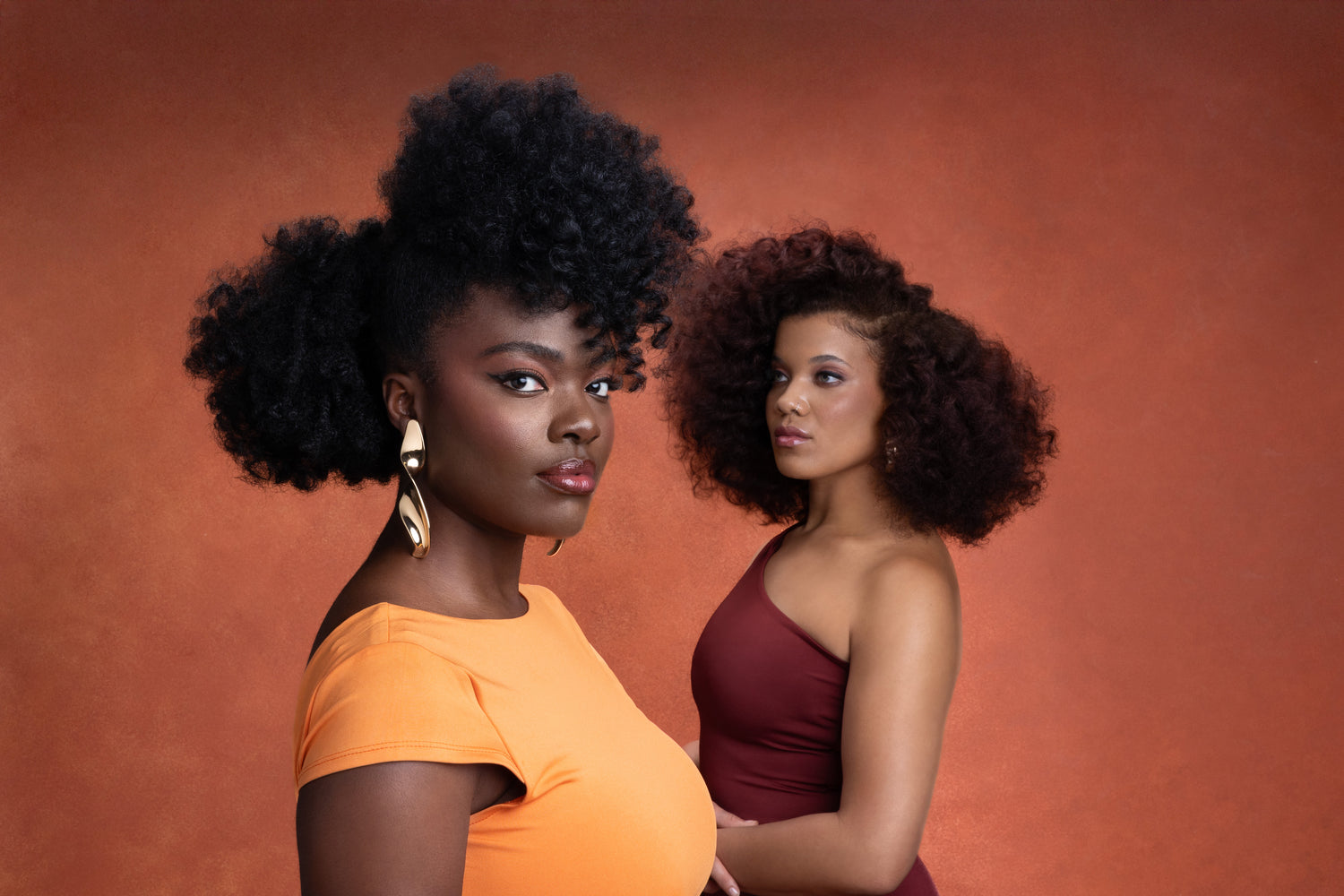Do you know your loc methods and types? Believe it or not, there are actually quite a few different types of locs or dreadlocks. Whether you’re considering loc’ing your hair or just intrigued by lovely world of locs and want to know more on how to start locs on natural hair, our ultimate guide is here to help you! From Sisterlocks/Brotherlocks to freeform and braided – we explain all the 7 main methods for creating locs, below.
Comb Coil Locs

Image Credit: @aviaslocs
Comb coils uses a comb to create coils that are roughly about the size of a pencil. If you have longer hair, comb coils tend to be a slower technique as the coils can take a while to loc internally.
Twisted/Braided Locs

Image Credit: @baesiqlocs
As the name suggests, these locs would be started with braids/plaits or twists. If you're considering this method, bear in mind that it can take a while for the braided/twisted pattern to 'disappear' and the appearance of your locs can look flatter rather than cylindrical. Also, note: If you choose this option of when you have longer hair, the braid or twist pattern might not fully 'disappear'.
Palm Rolled Locs

Image Credit: @jayeslocs
This method is just as the name suggests: locs that are created by rolling a section of your hair between your palms. Rolling the hair between your palms helps to compress and tighten the hair, creating a nice cylindrical appearance. Many people also use palm rolling to maintain their locs.
Interlocked Locs

Image Credit: @nadiakamaria
This method involves using a crochet tool/ latch hook to create the loc. The tool is used to twist/weave the hair and the results are typically very uniform. This method is also popular for maintaining their locs.
Freeform Locs

Image Credit: @hella_organic
Freeform locs, also known as organic locs, are locs that are formed naturally and not styled or manipulated. These locs are free to form as they please, hence the name and the appearance vary according to hair texture.
Sisterlocks/Brotherlocks

Image Credit: @thekrownkeeper
Sisterlocks/Brotherlocks is trademarked technique created in 1993 by Dr. JoAnne Cornwell. Sisterlocs or Brotherlocs are typically much smaller than traditional locs and are installed by professional consultants trained in this loc technique. The method uses a tool to intricately weave the locs, so if you are interested in this technique be prepared to clock a lot of hours!
Backcombing/Teasing

Image Credit: @mrspegus
For finer hair textures, backcombing and teasing the hair can help with the creation of locs.
Editor's Tip: Whether you’re new to locs or just starting out, our set is designed to help your locs thrive! The Afrocenchix Locs Care Set contains a curated selection of products from our award-winning range to help you cleanse and moisturise your locs so they stay lovely.
More Articles:
Your Ultimate Guide To The 5 Different Stages Of Locs

